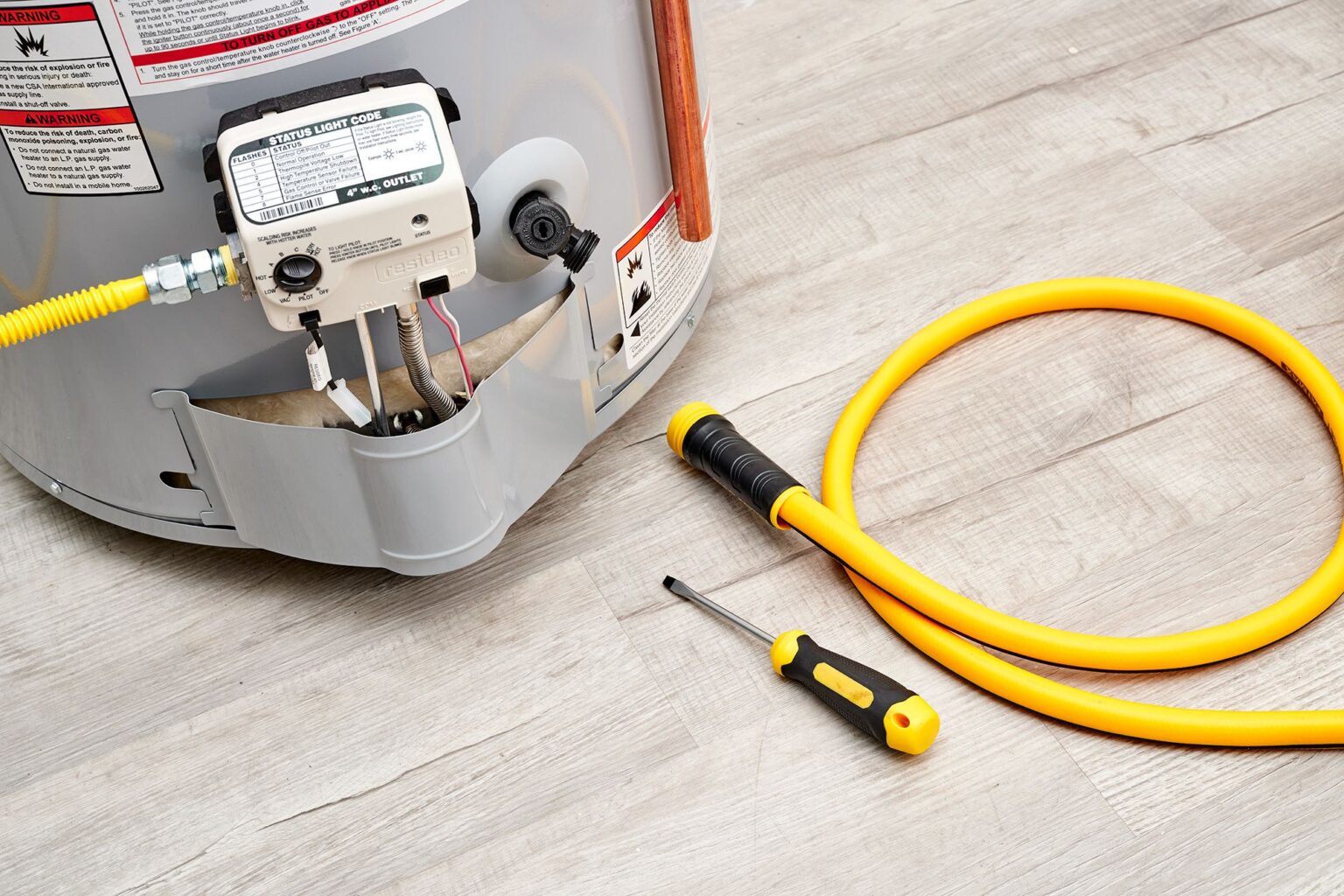If you’re a homeowner, there’s a good chance that you have at least one water heater installed in your home. While water heaters are important for providing hot water to showers, baths, dishwashers, and other appliances, they can also require some maintenance to function properly. One task that homeowners may need to perform every few years is draining the water heater tank. In this blog post, we’ll explain how to drain a water heater quickly and easily.
Drain your water heater every year to keep it in good condition. This is a simple task that can be done by anyone, and it will help your water heater run more efficiently, saving you money on your energy bill. In this article, we will show you how to properly drain your water heater. Follow these steps and you’ll have it done in no time!
Before You Begin
You might wonder where your home’s main water shutoff valve is located. While you won’t necessarily need it during this process, it’s always a good idea to be acquainted with the location of these plumbing fixtures in case something goes wrong and stops all fluid flow through pipes at once!
Safety Considerations
Helping to keep your water heater safe, you need a few things. First of all, there are gloves and glasses; these will protect both eyesight as well as skin from any splashes or droplets that may occur when working with hot fluids like those found in the majority of home heating systems (and even more uncommon commercial settings).
Secondly - depending on how much room is left before it reaches its max temp limit- consider turning off some amenities so they don’t get too heated up while we’re doing our job at hand!
What You’ll Need
Tools
- Adjustable wrench
- Garden hose
- Flat-head screwdriver
- Bucket
Materials
- Drain valve (if necessary)
- Threaded hose cap (if necessary)
Instructions
1. Turn Off the Water Supply
Once you’ve turned off the cold water supply valve at the top of your water heater, you mustn’t touch anything else on or near this section. Leave all other areas for now so as not to accidentally turn any other valves while working with yours!
Your hands should be dry before touching either end of these pipes. Be careful when moving towards where they meet up.
2. Turn Off the Water Heater
Shut off all gas, electric, or water heaters in the house. Make sure you’ve shut down both valves at either end of your pipes that lead up to these types of devices - test them by turning on one faucet for 30 seconds before removing pressure from the system (you’ll know when it’s gone). When switching back again be ready with another open tap nearby just so there are never more than 2 minutes between uses!
3. Attach Hose to Drain Valve
At the bottom of your tank, you will find a valve that allows water to drain away from it. Connect one end of an ordinary garden hose into this opening and place another section on top for there not to be any dangerous leaks or spills when working with hot liquids like oil changes! If necessary use buckets but watch out-the burning feel could Engulf Your Whole Hand if handled improperly.
4. Open Hot Water Tap
To avoid a major water main break, open up that hot-water tap nearest to where you’re storing your heater! It’s important not only for draining but also safe because it will reduce pressure in the system.
5. Open Drain Valve
Open the drain valve and allow water to run clear. As long as there is no sediment build-up inside of it, this should be easy! Once you see that all extraneous substances are cleared out by turning on the cold tap for a brief moment and then closing again-your pressure tank should operate smoothly without any further problems or issues.”
6. Close Valve, Refill Tank, Restart Water Heater
To fill your hot water tank, turn on the cold supply first. When it starts flowing from that tap open up another one next door so both streams can meet in between them and make room for more gas or electricity before shutting off again once all supplies are used up - be sure not to let any leaks happen!

